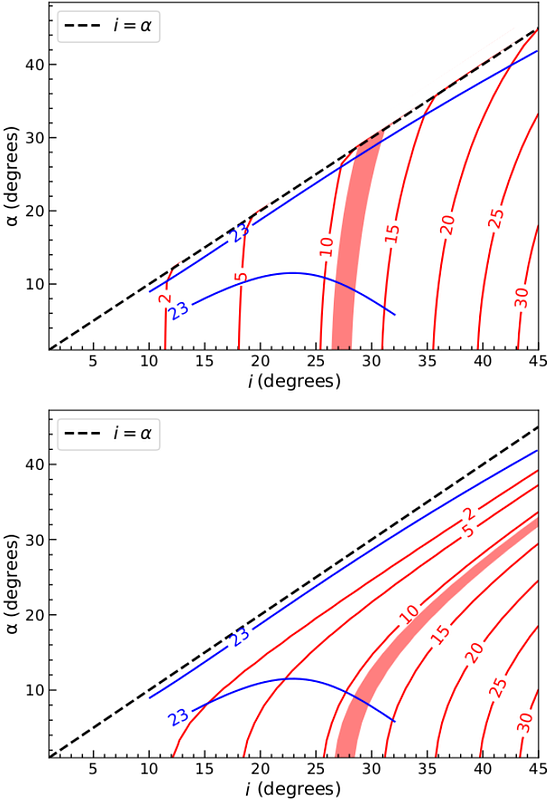Spectral Analysis of Cyg X-3 using simultaneous AstroSat and Insight-HXMT Observations

Spectral Analysis of Cyg X-3 using simultaneous AstroSat and Insight-HXMT Observations
Suraj K. Chaurasia, Gitika Mall, Ruchika Dhaka, Ranjeev Misra, Amit Pathak
AbstractWe present the results from the spectral analysis of Cygnus X-3 using simultaneous data from AstroSat and Insight-HXMT during its soft state. A pure reflection spectrum, including emission lines of iron, silica, and sulfur, provides a good fit to the spectra. Orbital phase-resolved analysis shows no significant spectral parameter variations, except for the normalization. Leveraging IXPE polarization results, we model the funnel-shaped geometry and estimate scattered flux and observed polarization for various funnel parameters and observer inclinations. We consider two scenarios: reflection from the funnel walls and scattering by gas within the funnel. Our results reconfirm previous findings, showing that reflection can produce a high polarization degree (PD) of 23$\%$, but not a low PD of 12$\%$. Conversely, scattering can produce a PD of 10-12$\%$, but not as high as 23$\%$ for a fixed observer inclination of $30^\circ$. Scattering results align with previous findings without absorption, but with absorption, PD drops significantly with increasing funnel opening angle. Thus, we can identify common funnel parameters that can produce the different observed PDs in the soft and hard states. The intrinsic luminosity of the source was estimated by comparing the results from a plane disk and the funnel model, to be $\sim7$ $\times$ 10$^{40}$ erg/s for 12$\%$ PD (scattering) and $\sim5$ $\times$ 10$^{41}$ erg/s for 23$\%$ PD (reflection). However, for the reflection model, the luminosity may decrease to $\sim$ 10$^{40}$ erg/s when the 23$\%$ PD observed is taken as a lower limit.